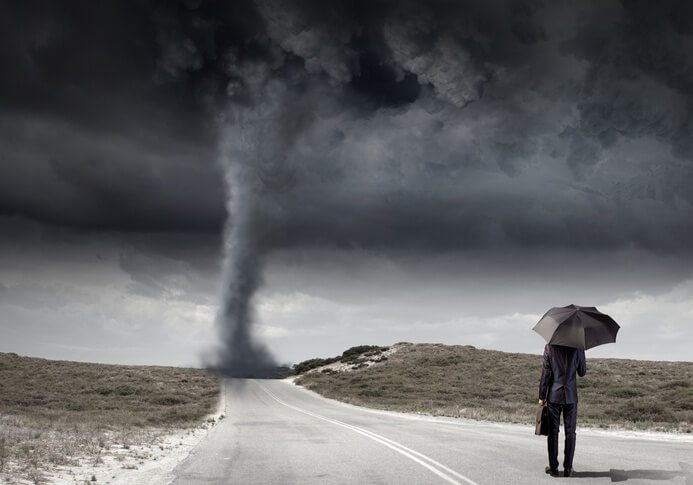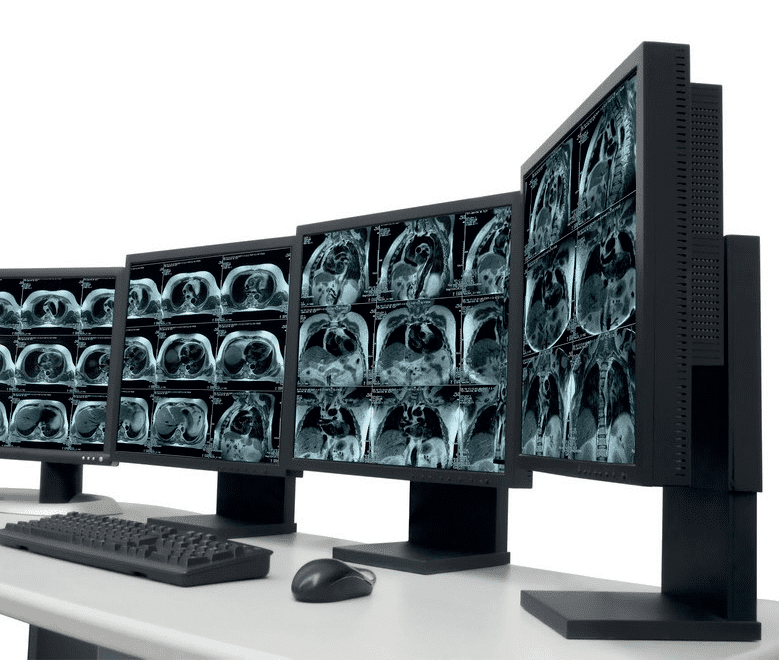While natural disasters are certainly a threat, human-made problems like public transport strikes or power failures also need to be taken into account.
The reality is that there are countless scenarios that could lead to employees being unable to reach the office, or the office being completely out of service. Organizations need to consider all the eventualities that could cause extended periods of downtime. A lack of planning would be extremely detrimental, to the point of threatening the survival of the organization in extreme cases.
In this post, we discuss how your organization can prepare for a disaster by making technology part of their business continuity plan.
Always have a plan (and make sure it works!)
Backing up and recovering data is a crucial part of any business continuity or data recovery plan. As with the other resources, the starting point should be the identification of the data that is considered valuable and needs to be preserved and protected. This includes all the information vital to the running of the business, like customer details, financial records, and so on.
To make sure your data is safe in case of emergency, using reliable hardware and software is essential, as is ensuring that the data is backed up and verified regularly. Another good idea is to use additional security measures to prevent data breaches. Options like multi-factor authentication and encryption help keep data safe by adding extra layers of security.
Some organizations, especially smaller businesses and one-man-bands might be tempted to back-up their data by storing it in the cloud via common storage services such as Google Drive. While this is an easy way to store data, it is always best to do so in multiple places, so that if one of the locations is compromised or lost, the data will still be available.
Use technology to communicate
When it comes to dealing with any emergency scenario, communication is key to success. Key staff members and internal stakeholders need to be made aware of their responsibilities and the role they play in disaster recovery. A lack of communication at this stage will result in confusion and human errors that will make a difficult time for your business even harder.
Transparency is also the best policy even when the disaster is occurring. If the emergency is of the natural or environmental kind, such as an earthquake or a snowstorm, the business needs to be on top of communicating with the employees to inform them about the status of the business operations and the evolving nature of the emergency.
Prompt communication guarantees the safety of the employees, who can avoid trying to get to work in risky weather conditions, and results in a healthy flow of information between employers and staff.
Customers and contractors should also be kept updated about the current status of the service and the reason behind the disruption. Knowing why business activities have been interrupted, and what measures the organization is taking to resume regular service, will make it easier for the customer to understand and accept the inconvenience.
To ensure that all the relevant stakeholders are regularly informed about how the situation is evolving, organizations should utilize a variety of channels whenever possible, from traditional online media such as emails, social media channels, and the business’s website to offline channels like phone calls. The priority, in this case, is delivering the message successfully.
Supporting remote collaboration
There’s often a worry that by introducing more flexibility and mobility into the workplace, you might compromise face-to-face communication.
Communication is a vital part of collaborative working and is integral to any business culture. The drawbacks of agile working are said to include heightened probability of isolation and lack of interaction with other employees. But with virtual communication methods available even on mobile devices, an agile strategy supports real-time communication between teams and individuals.
Decentralized working is the new normal. Whether it’s interactions between employees who are working from home, sales people out in the field, or support engineers who are on call, business is no longer inhibited by physical office locations. Remote access provides the opportunity to promote collaboration with employees on the move, contract workers and freelancers, as well as with partners and customers.
Enable remote connections
Companies who already implement flexible working policies will likely find it easier to keep the business up and running when disaster strikes. Employing staff that are allowed to work remotely means that there is already a system in place that enables workers to access company data securely and efficiently from any location.
Remote access software can be used to manage a distributed estate of devices from a central location. A BYOD (Bring Your Own Device) environment will also support flexible working in all conditions, as staff could use their own laptops and tablets to perform their regular duties away from the office.
While some companies may not want to grant telecommuting privileges to all staff members, they should still have a basic infrastructure in place that supports remote working as part of their business continuity plan. While natural disasters are fortunately very rare, there are many more common eventualities capable of disrupting the business.
For example, allowing employees to work from home during the peak of the flu season or while they are dealing with a cold will prevent these diseases from spreading across the office, resulting in fewer sick days, happier staff, and steady productivity.
Every company faces the prospect of potentially dealing with natural disasters and human-made issues that could interrupt regular business operations. A business continuity and disaster recovery plan are essential to prevent, or at least minimize, the disruptions caused by emergency scenarios.
These plans should involve a thorough inventory of all the resources required during the disaster management process, and the identification of the technology that will help speed up the recovery.













